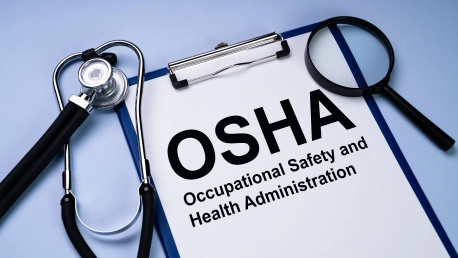A forthcoming regulation from the US Occupational Safety and Health Administration (OSHA) aims to protect American workers from excessive heat exposure in the workplace. Proposed by the Department of Labor, these rules are expected to benefit around 36 million employees, particularly those in construction, warehouses, factories, kitchens, delivery services, and agriculture. This regulation will mandate that employers identify heat-related risks in their establishments and develop emergency response plans for heat-related illnesses. Additionally, employers will be required to train supervisory staff to recognize symptoms of heat-related ailments and ensure the provision of adequate breaks, resting areas, shade, and hydration facilities such as drinking water.The new regulations, which highlight a significant move towards enhanced worker safety, especially target industries where employees are most vulnerable to high-temperature environments. Employers will also need to assist new employees in acclimating to such conditions, which is crucial for preventing heat-related illnesses. Non-compliance with these regulations will result in penalties or fines, underlining the serious commitment of OSHA to enforce these rules. The statistics are also alarming, with about 1,000 workers succumbing to heat exposure between 1992 and 2022. Among these cases, construction workers made up 34% of the fatalities, making it evident that the regulation is a necessary stride towards ensuring worker safety in such high-risk sectors.
Addressing Climate-Related Occupational Hazards
An upcoming regulation from the US Occupational Safety and Health Administration (OSHA) is set to protect American workers from excessive heat exposure on the job. Proposed by the Department of Labor, these rules are aimed at benefiting about 36 million employees, particularly in fields such as construction, warehouses, factories, kitchens, delivery services, and agriculture. The regulation will require employers to identify heat-related risks and develop emergency response plans for illnesses caused by heat. Additionally, employers must train supervisory staff to recognize symptoms of heat-related ailments and ensure the provision of adequate breaks, resting areas, hydration, and shade.Highlighting a significant advance in worker safety, these regulations particularly target industries most vulnerable to high temperatures. Employers will help new workers acclimate to such environments to prevent heat-related illnesses. Penalties or fines will be imposed for non-compliance, showing OSHA’s firm commitment to enforcement. Alarmingly, approximately 1,000 workers died from heat exposure between 1992 and 2022. Construction workers comprised 34% of these fatalities, underscoring the need for this crucial regulation.









